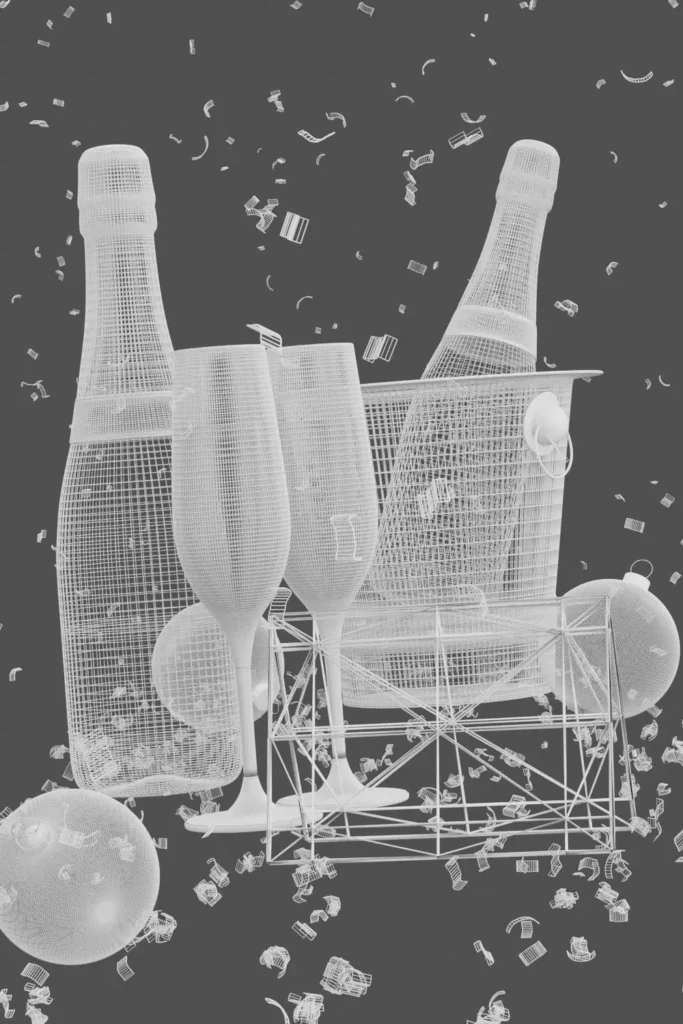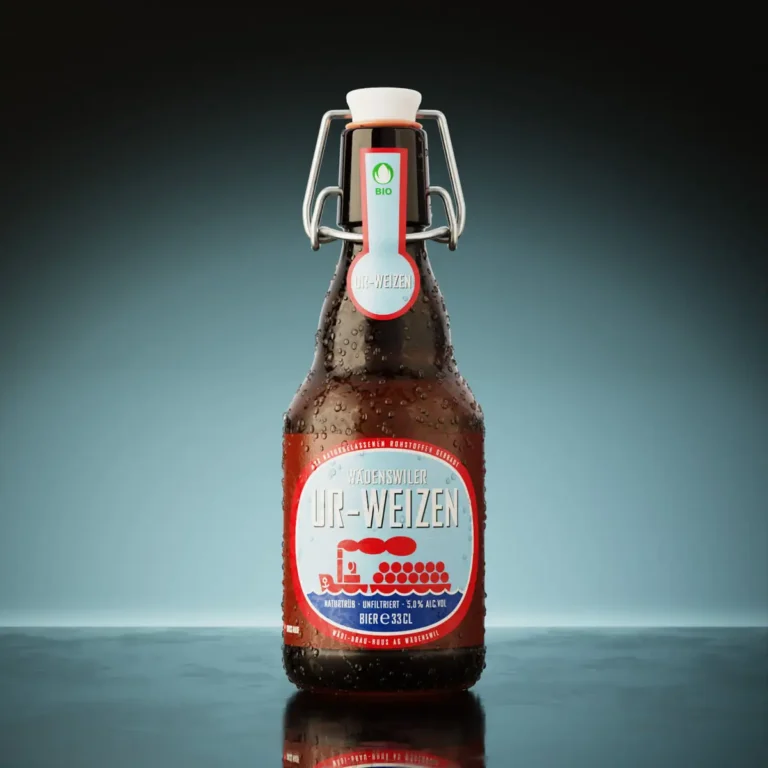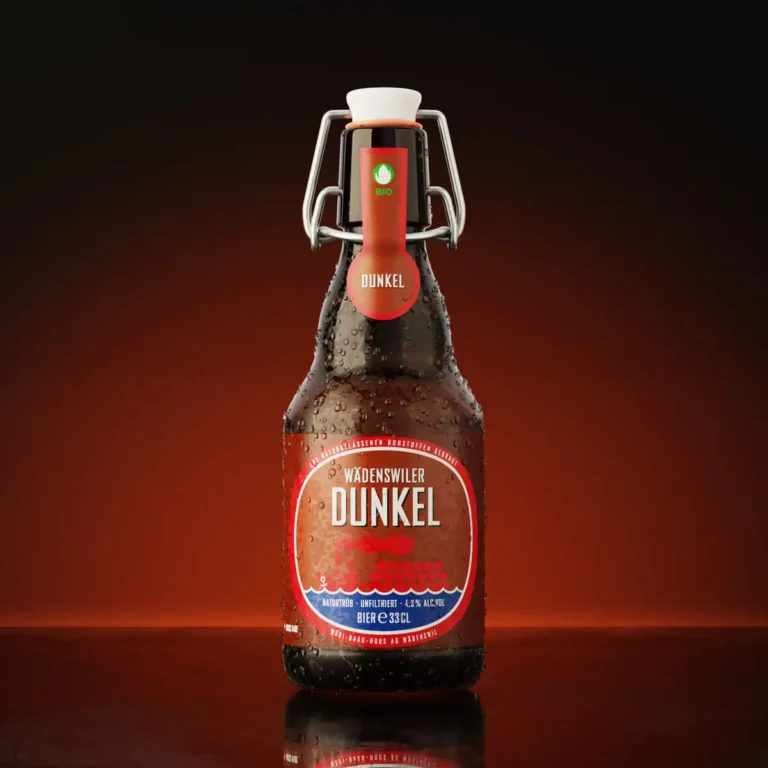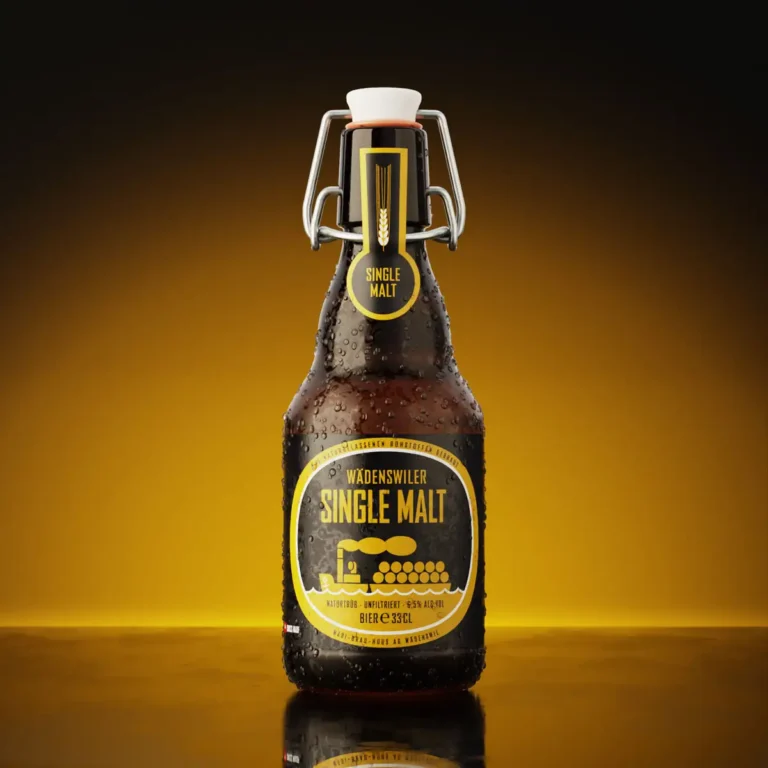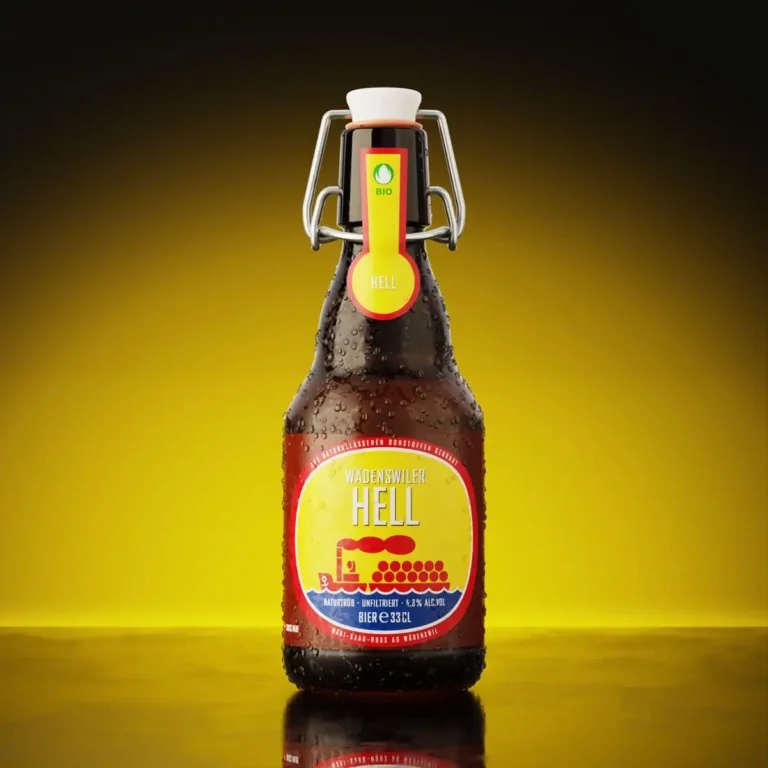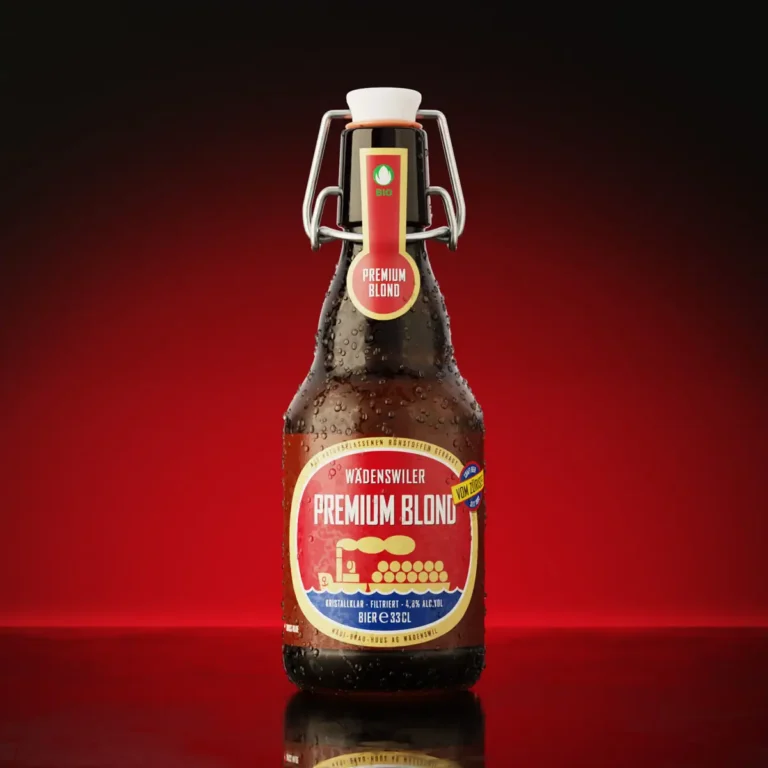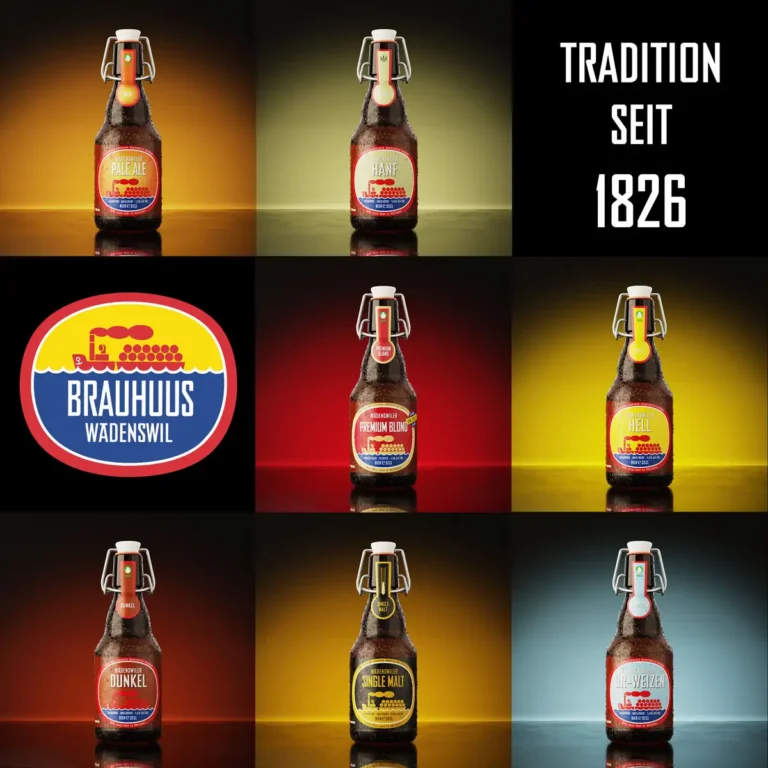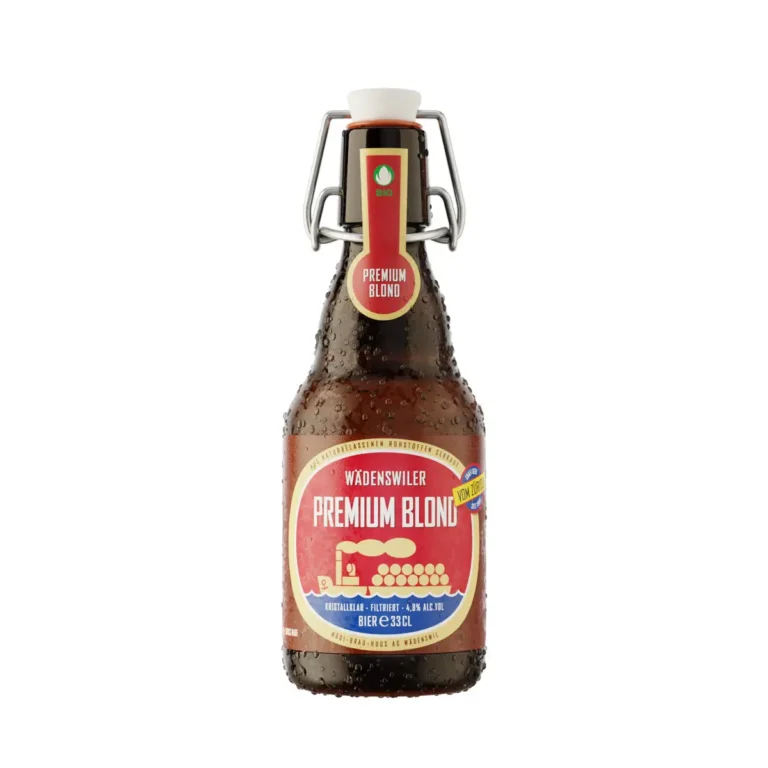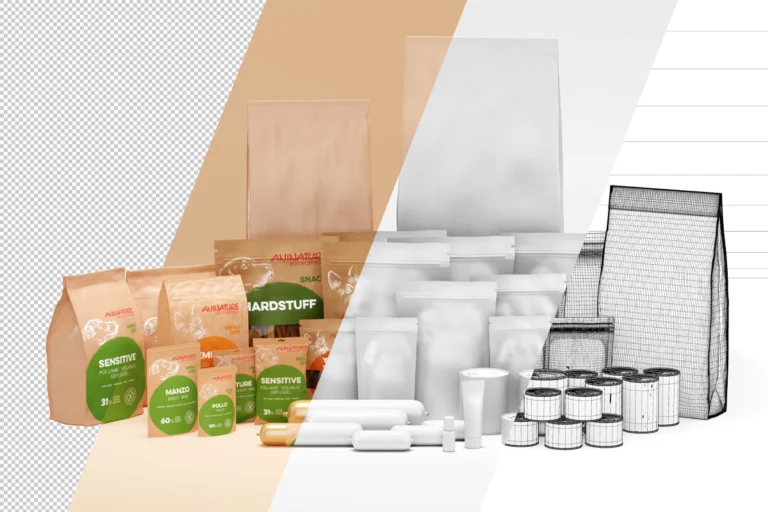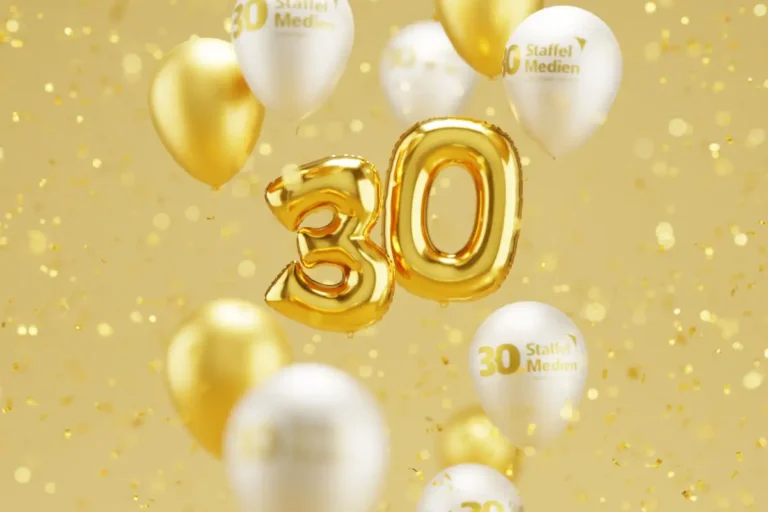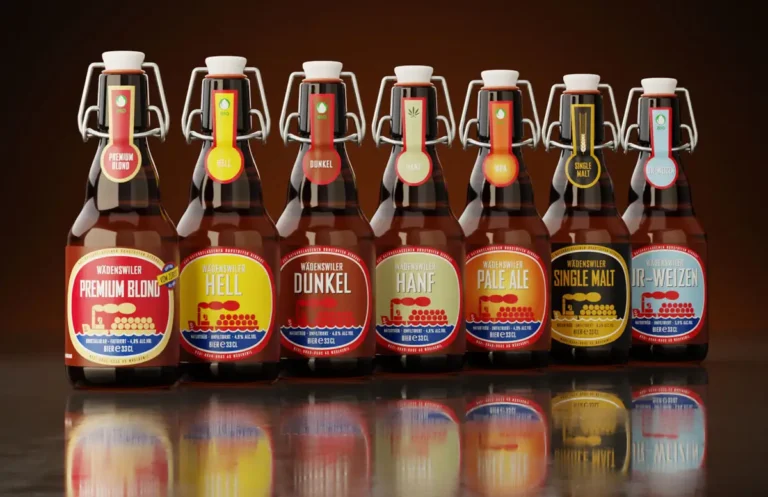3D visualization
Making a vision visible - your ideas and visions are presented in a way that everyone can understand.
In the past, the majority of companies hired photographers for their visual content. To create images or videos for a magazine, brochure or website, they had no choice but to turn to a production studio and organize a photo shoot. Traditional product photography certainly still has its rightful place and will never disappear, but today companies in need of visual content have another solution: 3D visualization.
Advantages of 3D visualization
- Adjustments are possible (color, dimensions, details, background, etc.)
- Easy to change designs
- Other products with the same appearance (body) can be easily duplicated and customized
- The image resolution (file size) can simply be recalculated
- Image compositions with and without background are possible
- "Impossible recordings" possible. z. e.g. flying bottles
Disadvantages
- Modeling the base product requires more time
- 3D visualization is expensive if no 3D data is available. Objects must then be modeled from scratch. Constructing many different objects is time-consuming and initially makes this process more expensive than traditional photography
What is 3D visualization?
The term 3D visualization is used synonymously with 3D graphics, 3D rendering, computer-generated images (CGI) and other terms. They all essentially refer to the process by which graphic content is created using 3D software. In recent decades, this technology has become mainstream and one of the most common options for producing high-quality digital content.
However, there are a few misunderstandings regarding terminology. As mentioned above, this is “the process by which graphic content is created”, which means that the end result is visual content (e.g. images and animations). This is not the same as 3D design or 3D development. These terms generally refer to the creation of content, e.g. CAD (Computer Aided Design) files, created by engineers or industrial designers and intended for manufacturing purposes. 3D artists may use CAD in the development of 3D visualizations. However, the end results are more than just CAD files – they are dynamic graphics that combine both technical skills and artistic ability.
There are no limits to the imagination
You don’t have to travel far to get to exotic locations for beach shots. Combine any products and design your own layouts for advertising campaigns.
Standardized product images
Ideal use of 3D visualizations: to create different product images with variants.
Product images with or without background
Product shots against a white background or without a background are very popular with online stores these days. With digitally generated product visualizations, you get product images that require no additional work in Photoshop.
The three-dimensional images can also be used to show customers 360° views of products and objects on the web.
Who does it?
The answer: 3D artists. Like photography, 3D visualization is an art that requires both artistic and technical skills. 3D artists use tools like Autodesk 3DS Max, Blender and Cinema 4D to create stunning visualizations that can be used in any industry.
Again, there are some misconceptions, especially for those unfamiliar with the process, when it comes to hiring the right freelancer or agency for 3D visualization services. Make sure you understand what service you need, as there are different tools and skill sets for 3D artists (as opposed to engineers or industrial designers who specialize in creating content for manufacturing and 3D printing). When it comes to 3D product visualization, 3D artists proceed in a similar way to photographers when setting up a shoot. They start by either modeling the product in 3D or using the engineers’ existing CAD files, and then set up virtual cameras, lights and environments to achieve the desired results. Although the process has similarities to traditional photography, the level of control and flexibility in 3D visualization is second to none.
Generate 3D videos
In a further step, 3D objects can also be used for the preparation of videos and animations. The moving images created in this way can be adapted or changed with little effort and are considerably cheaper than a classic video shoot with a large crew.
360° view
As an additional presentation option, an interactive 360° view can be created from a 3D object. This allows customers to view products from all angles and examine them more closely. These can be easily embedded in any website.
AR (Augmented Reality)
Augmented reality is an experience in which digital objects can be added to a real environment.
To see this in AR, click on the small symbol {AR} in the top right-hand corner.
*For supported iOS and Android cell phones.
* Mandatory fields
Information on data protection, revocation, logging and the performance measurement covered by the consent can be found in our data protection declaration

Haris Nikolovski
044 289 89 17


